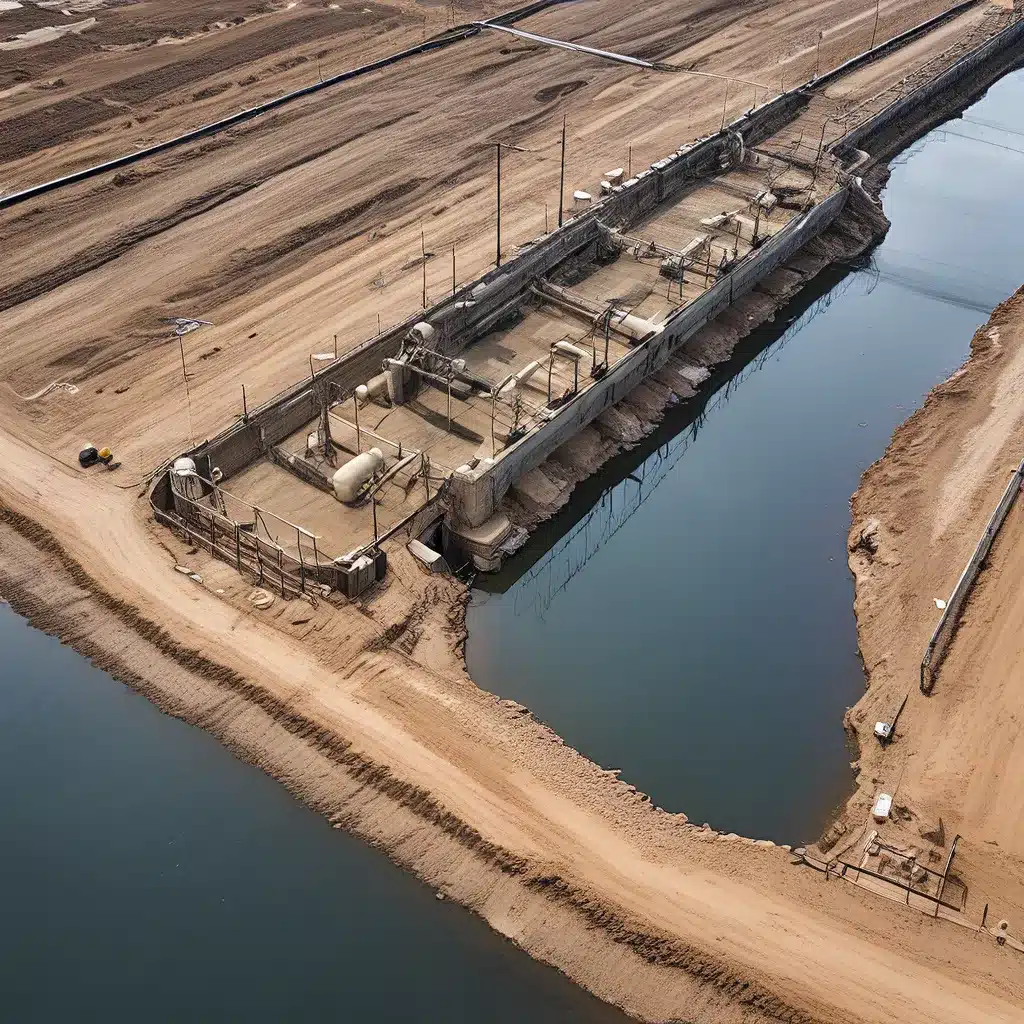
The Turning Tide: Modernizing the Clean Water Paradigm
You know, when I think about the state of our nation’s water infrastructure, I can’t help but feel like we’re navigating uncharted waters. For decades, the Clean Water Act has been the guiding light, leading us to significant reductions in pollution and driving critical investments in our water systems. But now, 45 years after its passage, the Act is starting to show its age, struggling to keep up with the complex water quality challenges of the 21st century.
It’s like we’re still using a flip phone while everyone else has moved on to the latest smartphone. Sure, that old flip phone may have been a workhorse back in the day, but it just can’t keep up with the demands of modern life. And that’s where we find ourselves with the Clean Water Act – a mid-20th century solution trying to address 21st century problems.
But just like how we’ve seen technology evolve, it’s time for us to evolve the way we approach clean water. As the National Association of Clean Water Agencies (NACWA) points out, the clean water community is ready to redefine its relationship with regulators and engage the public in new and innovative ways. It’s time to create a modern clean water paradigm that preserves the best of what we’ve accomplished while also equipping us to tackle the challenges of today and tomorrow.
Navigating Uncharted Waters: Emerging Contaminants and Climate Change
One of the biggest hurdles we’re facing is the rise of emerging contaminants. These are the things that the authors of the Clean Water Act could never have imagined – from microplastics to PFAS chemicals, the list of new pollutants seems to grow by the day. And the scary part is, we’re still trying to understand the full extent of their impact on our water supplies and the environment.
It’s like we’re navigating a minefield, trying to dodge these invisible threats. And let’s not forget about the looming challenge of climate change, which is already starting to disrupt the delicate balance of our water systems. Increased flooding, droughts, and extreme weather events are putting unprecedented strain on our infrastructure, leaving utilities struggling to keep up.
Redefining the Relationship: Utilities as Co-Regulators
But you know what? The clean water community isn’t just sitting back and waiting for someone else to solve these problems. As NACWA points out, utilities have been working hard to earn the right – and the responsibility – to be treated as co-regulators in ensuring environmental and public health protections.
It’s like they’re saying, “Hey, we’re the ones on the front lines, dealing with these challenges day in and day out. We know the ins and outs of our systems better than anyone, and we’re committed to continuous self-evaluation and improvement. So why not let us have a seat at the table when it comes to shaping the regulations we have to operate under?”
And you know what? I think they’ve got a point. After all, these utilities have been the unsung heroes, quietly working behind the scenes to keep our taps flowing and our rivers clean. They’ve earned the right to have a more direct say in the policies that govern their operations.
Building a New Clean Water Future
But modernizing the clean water paradigm isn’t just about redefining the relationship between utilities and regulators. It’s also about engaging the public in a broader conversation about the importance and value of water.
As NACWA puts it, “It is only through this public support that creating a new paradigm will be possible.” Because let’s be honest, for too long, we’ve taken clean water for granted. We’ve come to expect that when we turn on the tap, the water will be there, clean and ready to use.
But the truth is, maintaining and improving our water infrastructure takes constant effort and investment. And that’s where the public comes in. We need to elevate water as a national priority, recognizing it as the precious resource that it is. We need to engage with our communities, educate them about the challenges we’re facing, and empower them to be part of the solution.
Riding the Wave of Innovation
And you know, as we work to build this new clean water future, I can’t help but be excited about the potential for innovation. Recent research has shown that utilities are already leading the charge, developing new technologies and approaches to tackle emerging contaminants and climate-related challenges.
It’s like they’re surfing the waves of change, riding the currents of innovation to stay one step ahead. From advanced water treatment processes to smart infrastructure solutions, these utilities are proving that they’re not just weathering the storm – they’re shaping the future of clean water.
Powering a Sustainable Future
And let’s not forget, as the Biden administration has emphasized, tackling water infrastructure challenges goes hand-in-hand with building a more sustainable future. By investing in clean water technologies and infrastructure, we’re not only safeguarding our natural resources, but we’re also creating good-paying union jobs and driving the development of innovative solutions that can help us combat climate change.
It’s a win-win-win situation – for the environment, for the economy, and for the communities that rely on clean, reliable water every single day. And that’s why I’m so excited about the prospect of a modernized clean water paradigm. It’s not just about fixing our pipes and upgrading our treatment plants; it’s about empowering utilities to be the catalysts for change, shaping a brighter, more sustainable future for all.
So, what do you say? Are you ready to ride the currents of change and be part of this clean water revolution? Because trust me, the future of our water infrastructure – and the health of our communities – depends on it.


